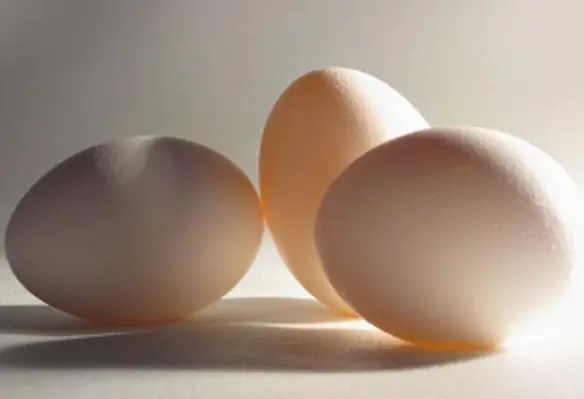Right poultry breeding and careful egg production management is the key to laying the right egg for commercial purpose
In direct contrast to almost all other livestock management, the poultry production is a vertically integrated system that allows a high degree of control over the end products.
By owning and managing every aspect of the business — rearing of young laying hens (pullets) and laying hens, feeding and nutrition of birds, housing of flocks, poultry husbandry and product marketing — egg producers can meticulously monitor the entire process.
The only aspect of production not owned and controlled by egg producers is the very first stage. Poultry farmers rarely own the primary breeding stock, which are the parent lines supplying their egg laying operations. These are purchased as one day old chicks from primary breeders.
The following article gives a general account of the stages involved in the typical layer cycle including chick placement, vaccination schedules, lighting, temperature control, feeding and nutritional requirements, moulting and removal of layers. Egg collection and processing are also considered.
There are no hard and fast rules to commercial egg production, and no two producers will rear layers in exactly the same way. Therefore, there are many different deviations from the typical layer rearing programme outlined here.
This will depend on available breed resources and producer preference for particular breeds, prevailing diseases affecting specific vaccination requirements and decision when to moult. Last, but not least, geography, topography and climate play a major role in affecting house design, feed ration profile and temperature control. The following programme outline is based on the generally accepted requirements of leghorn breeds.
Chick purchase and early rearing
Egg producers buy in layer stock as day-old chicks from an egg-type hatchery which will deliver chicks within one to two days of hatching. On arrival at the farm chicks will either be placed in typical layer pens or reared in a pullet house. At the hatchery, chicks will have been vaccinated according to the specifications given by the producer.
Chicks reared in layer cages are furnished with a biodegradable mat, which allows them to better locate feed while additionally providing a ‘lean-in’ time for the chicks to gradually adjust to the wire mesh floor. Within seven days, the mat will have degraded into the litter pit or have been removed. Up to fifty chicks may initially occupy one layer cage with this density progressively lessened as the birds grow in size and weight.
Chicks put in pullet houses are reared on floors covered with absorbent materials such as wood shavings. The birds should be beak trimmed within a week. Pullets like these started on the floor will remain there for about 10 to 15 weeks before being moved to a layer facility.
By Dr Terry Mabbett
To continue reading the rest of this article, please see the December 2013/January 2014 issue of Far Eastern Agriculture





